Archives
- 2025-10
- 2025-09
- 2025-04
- 2025-03
- 2025-02
- 2025-01
- 2024-12
- 2024-11
- 2024-10
- 2024-09
- 2024-08
- 2024-07
- 2024-06
- 2024-05
- 2024-04
- 2024-03
- 2024-02
- 2024-01
- 2023-12
- 2023-11
- 2023-10
- 2023-09
- 2023-08
- 2023-07
- 2023-06
- 2023-05
- 2023-04
- 2023-03
- 2023-02
- 2023-01
- 2022-12
- 2022-11
- 2022-10
- 2022-09
- 2022-08
- 2022-07
- 2022-06
- 2022-05
- 2022-04
- 2022-03
- 2022-02
- 2022-01
- 2021-12
- 2021-11
- 2021-10
- 2021-09
- 2021-08
- 2021-07
- 2021-06
- 2021-05
- 2021-04
- 2021-03
- 2021-02
- 2021-01
- 2020-12
- 2020-11
- 2020-10
- 2020-09
- 2020-08
- 2020-07
- 2020-06
- 2020-05
- 2020-04
- 2020-03
- 2020-02
- 2020-01
- 2019-12
- 2019-11
- 2019-10
- 2019-09
- 2019-08
- 2019-07
- 2018-07
-
br Adenosine receptors and the adaptive immunity T lymphocyt
2025-03-01
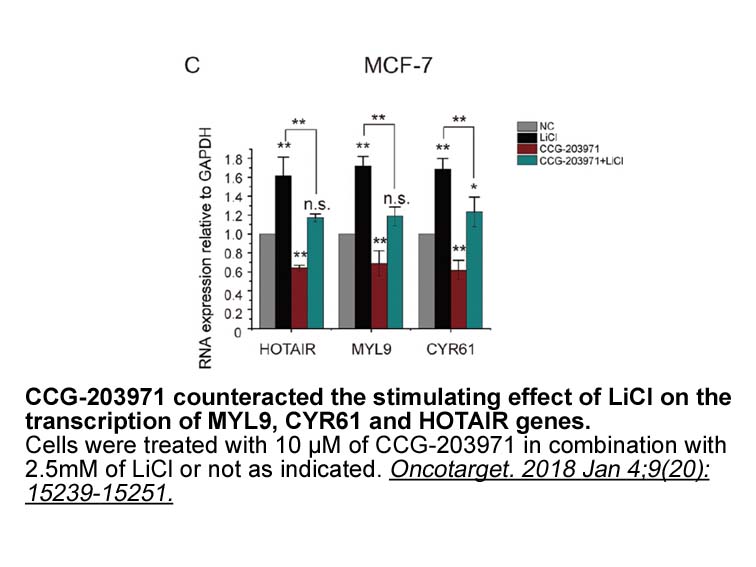
Adenosine receptors and the adaptive immunity T lymphocytes are responsible for the cell-mediated immune response [95]. These cells can be stimulated by the presentation of antigenic moieties by APCs, such as dendritic cells or macrophages [96]. The presentation of antigenic molecules on the APC
-
Given the powerful and ubiquitous nature of adenosine action
2025-03-01
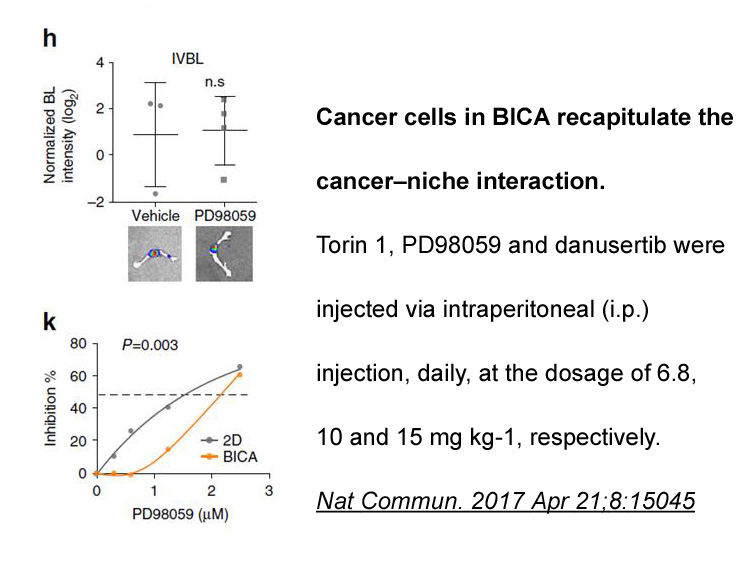
Given the powerful and ubiquitous nature of adenosine action within the CNS, basal levels of extracellular adenosine are carefully regulated and are estimated to be in the region of 30–300 nM (Fredholm et al., 2001). The two main pathways for the control of extracellular adenosine involve phosphoryl
-
CK is considered a central controller
2025-02-28
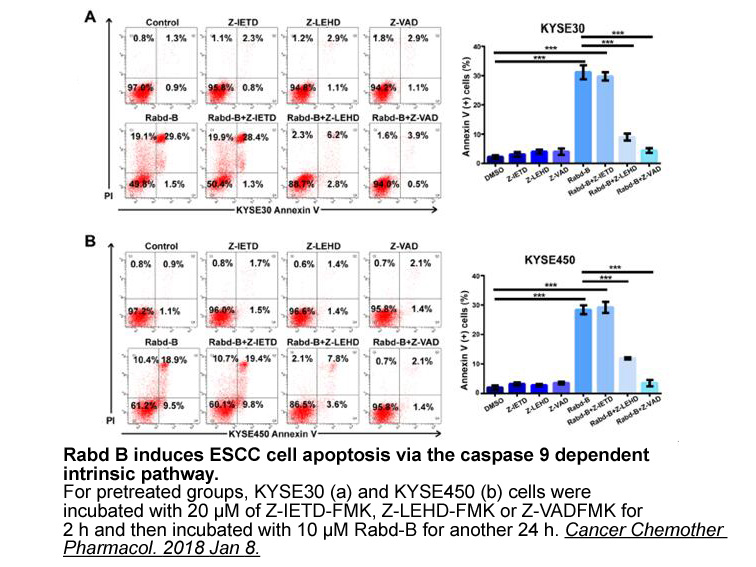
CK is considered a central controller of cellular energy homeostasis that catalyzes the reversible transfer of a phosphoryl group from ATP to adenosine diphosphate (ADP) and creatine to produce PCr [5]. This enzyme builds up a large pool of rapidly diffusing PCr for temporal and spatial buffering of
-
In our studies of leucine
2025-02-28
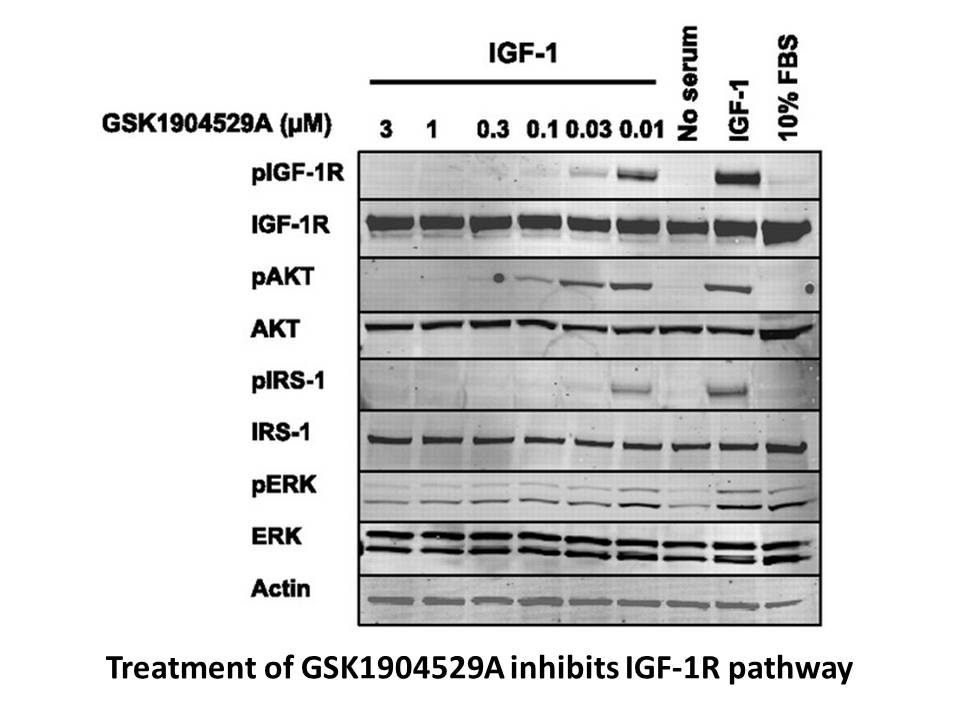
In our studies of leucine and BCH in pancreatic islets and clonal insulin cell lines, we noticed that leucine was a slightly stronger stimulant of insulin release. Previous studies showed that leucine can be metabolized to CO2[11], [12], [13], [14] and can increase acetoacetate in pancreatic islets
-
Loss of expression or functional activity of cell adhesion
2025-02-28
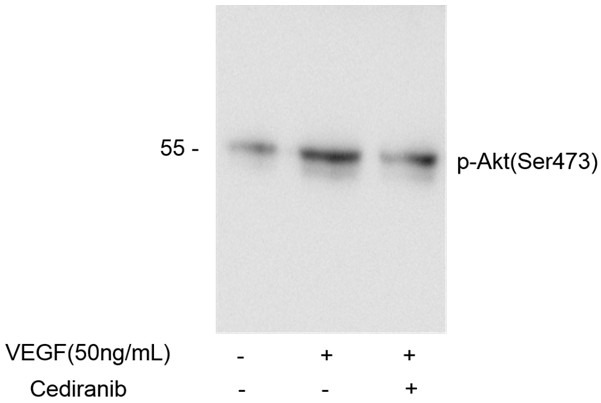
Loss of expression or functional activity of cell adhesion is intricately related to advanced stages of tumour progression and invasiveness. Martin-Belmonte and Perez-Moreno recently mentioned that the deregulation of adhesion can alter tumourgenesis in the early stage. We have shown for the first t
-
br Conflict of interest statement br Funding br Acknowledgme
2025-02-28
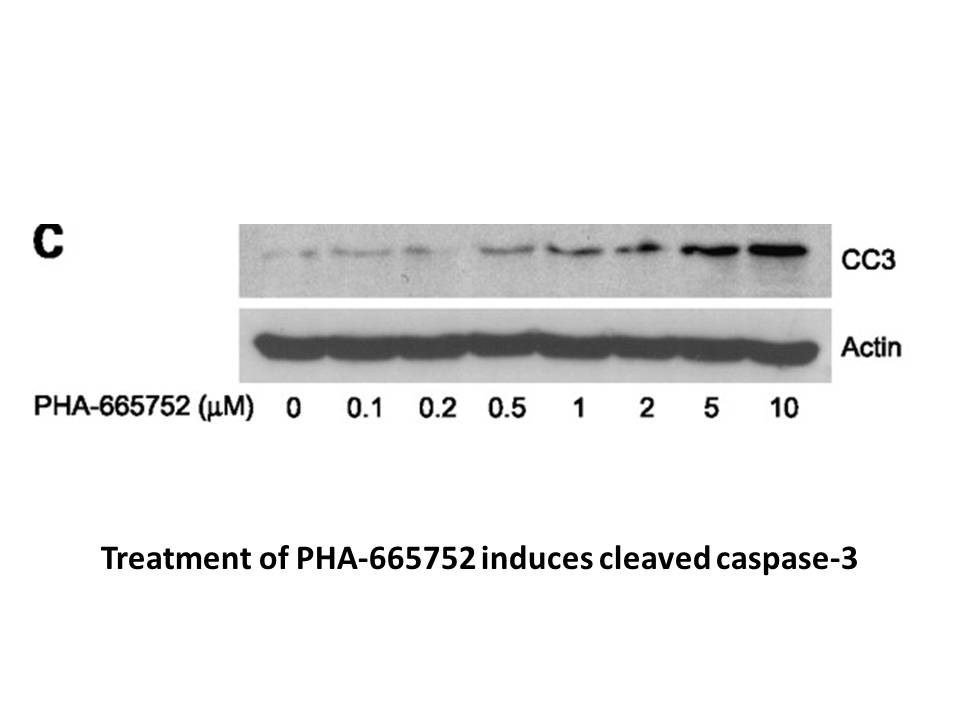
Conflict of interest statement Funding Acknowledgments We thank the team at Medical and Collider-Accelerator Departments at BNL and for their support at NSRL. We thank Dr. Janice Pluth and Professor Peter O’Neill for useful discussions related to our work. Introduction The DNA damage re
-
How does the ATM to
2025-02-28
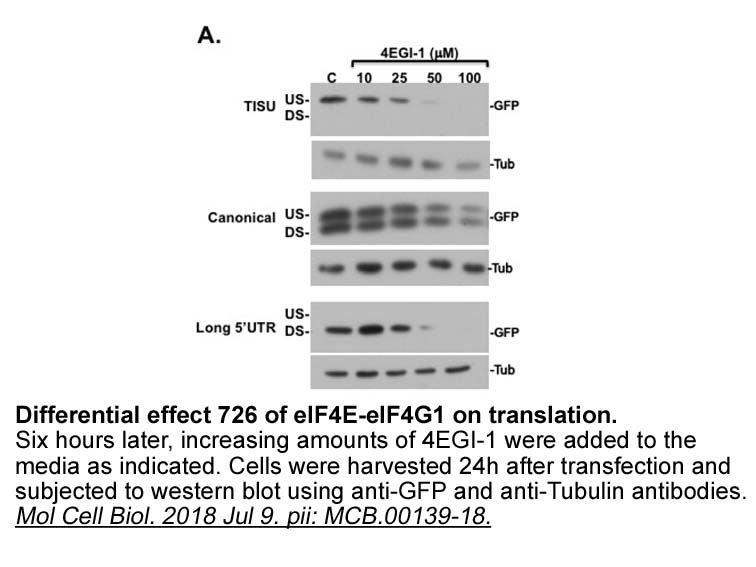
How does the ATM-to-ATR switch occur at DSBs? The progressive attenuation of ATM activation could be attributed to the loss of DNA structures that activate ATM, or to the generation of DNA structures that interfere with ATM activation. Our finding that SSOs do not directly affect the binding of puri
-
The apoptosis promoting Bcl family includes
2025-02-28
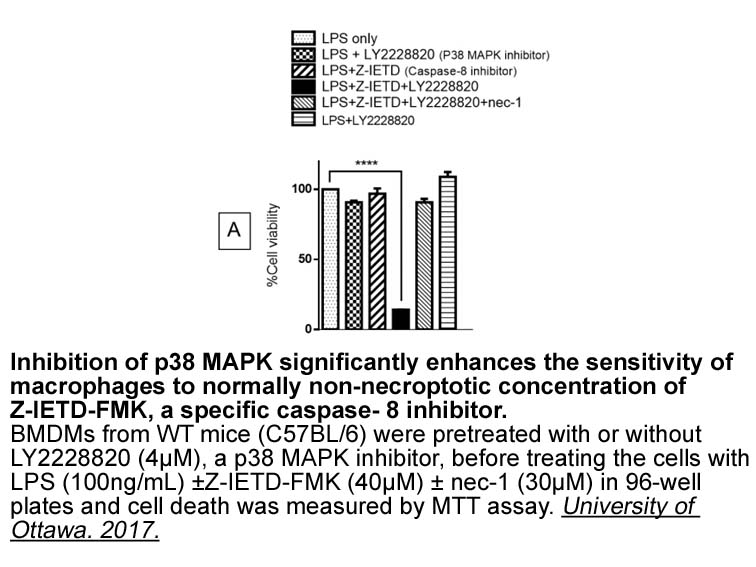
The apoptosis-promoting Bcl-2 family includes BH3-only proteins (e.g., Bim, Bid and Bad) and multiple-domain proteins (e.g., Bax and Bak). At the time of apoptosis stimulation (e.g., DNA damage), only the BH3-only protein is activated, directly or indirectly promoting Bax/Bak oligomerization, changi
-
TLX may promote survival and prevent apoptosis in NB
2025-02-28
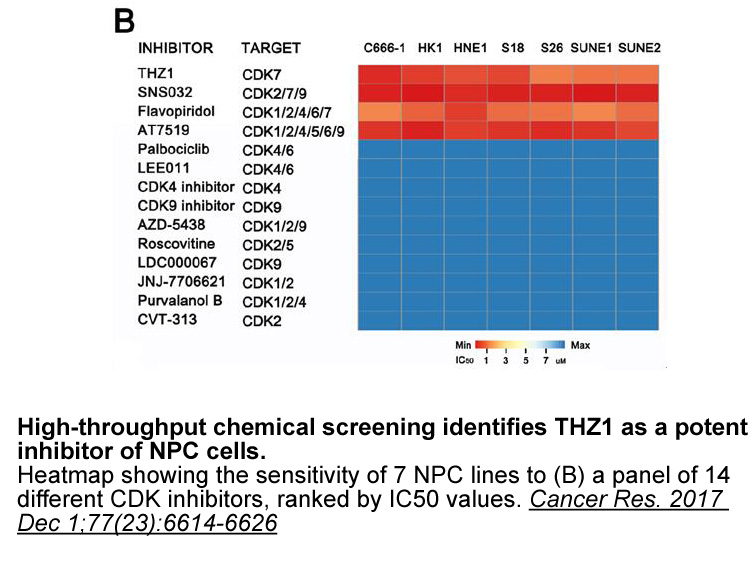
TLX may promote survival and prevent apoptosis in NB ghrelin receptor [12]. Here, we ask whether the survival-promoting effects of TLX are mediated by Apoptosis Signal-regulating Kinase-1 (ASK1, MAP3K5). ASK1 is a member of the Mitogen-Activated Protein (MAP) kinase family and it preferentially acti
-
Apelin is a bioactive peptide and endogenous ligand
2025-02-28
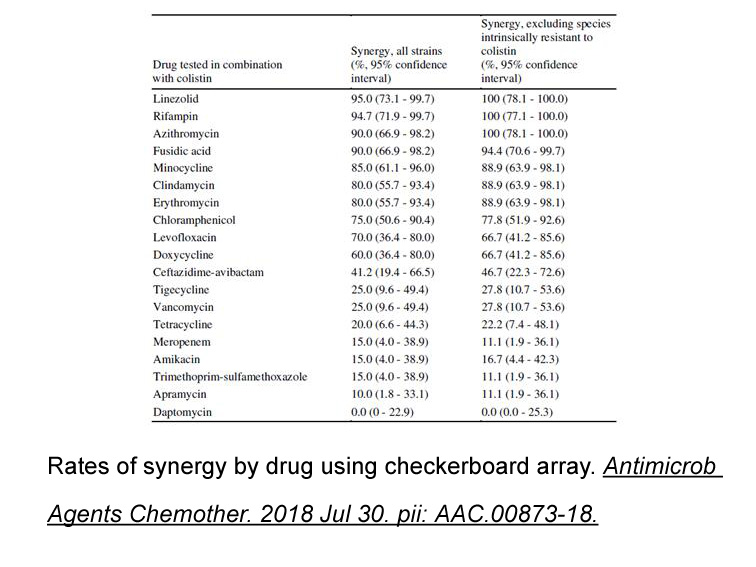
Apelin is a bioactive peptide and endogenous ligand for the APJ receptor (APLNR), a member of the G protein coupled receptor family that shares a similar sequence as the angiotensin type-1 receptor (AT1) [5]. Early studies demonstrated that the apelin/APLNR receptor axis plays a significant role in
-
The evaluation of serum electrolytes e
2025-02-28
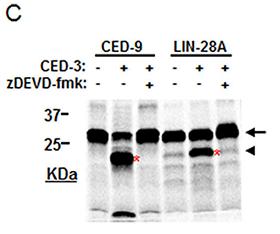
The evaluation of serum electrolytes (e.g.: sodium, potassium, urea, creatinine, and uric acid), liver transaminases, blood counts (e.g. identification of thrombocytopenia, and bilirubin), 24-h urine (in order to monitor proteinuria), and heart rate and lung function of the mother should be performe
-
To the best of our
2025-02-28
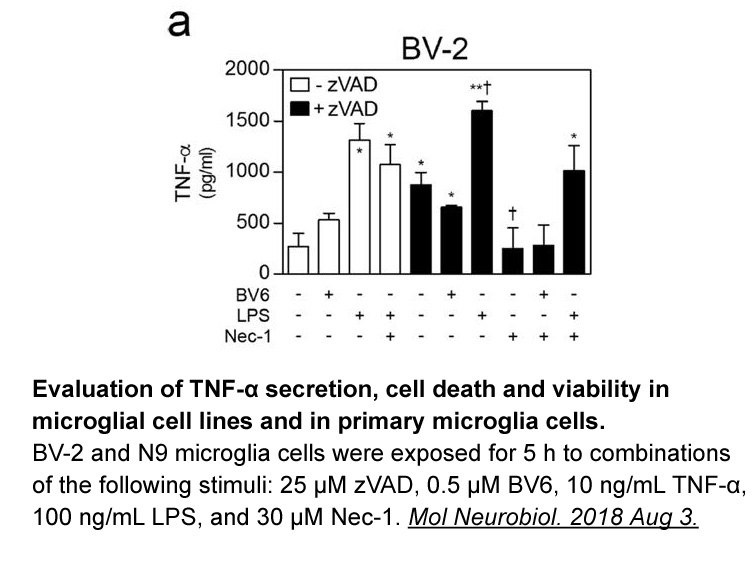
To the best of our knowledge, there have been only a few reports on antiangiogenic activities about C. sanki, and its antiangiogenic constituents as well as its mechanism of action are worthy of further exploring and studying. Therefore, we carried out a bioassay-guided investigation of C. sanki in
-
In our study we provide evidence for
2025-02-28
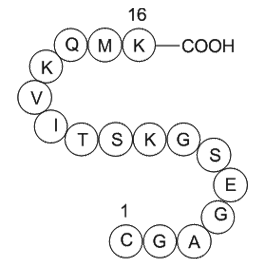
In our study we provide evidence for the existence of an endosome-lysosomal pathway for the proteolytic degradation of AR triggered by its interaction with the ESCRT-I component TSG101. The following findings of this study support this notion: (1) We showed that TS101 interacts with endogenous or ec
-
br Introduction Androgens have been shown to
2025-02-28
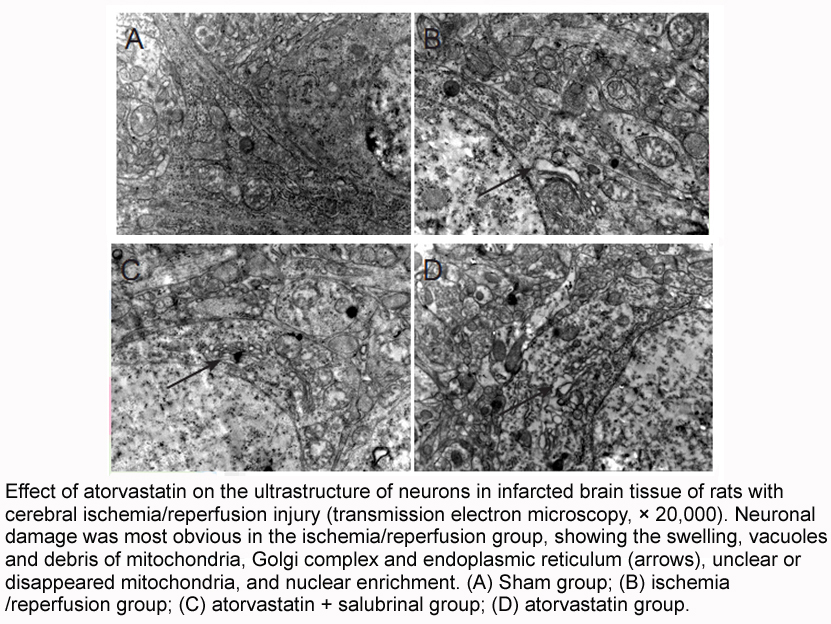
Introduction Androgens have been shown to regulate several neural functions ranging from reproduction to mood and cognitive abilities. This property starts as early as the perinatal period, which is characterized by prenatal and postnatal surges of gonadal testosterone, and continues through pube
-
Through an extensive SAR optimization campaign with the
2025-02-28
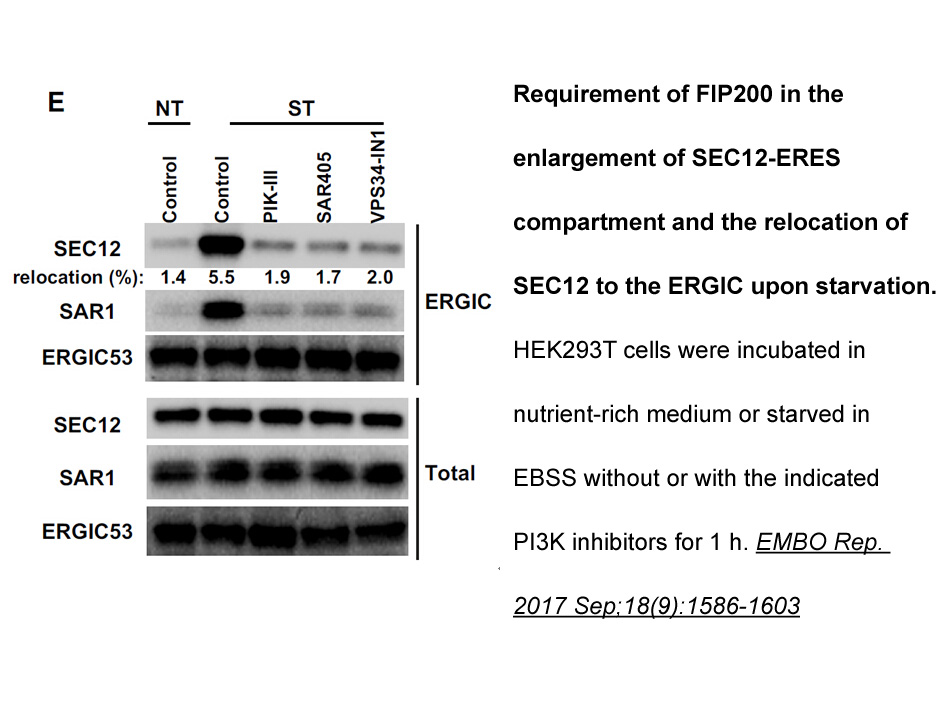
Through an extensive SAR optimization campaign with the 4-((2-hydroxy-3-methoxybenzyl)amino)-benzenesulfonamide-based scaffold researchers have developed ML355 ((N-benzo[d]thiazol-2-yl)-4((2-hydroxy-3 methoxybenzyl)amino)benzenesulfonamide) [5]. ML355 is a nonreductive, noncompetitive, reversible 12